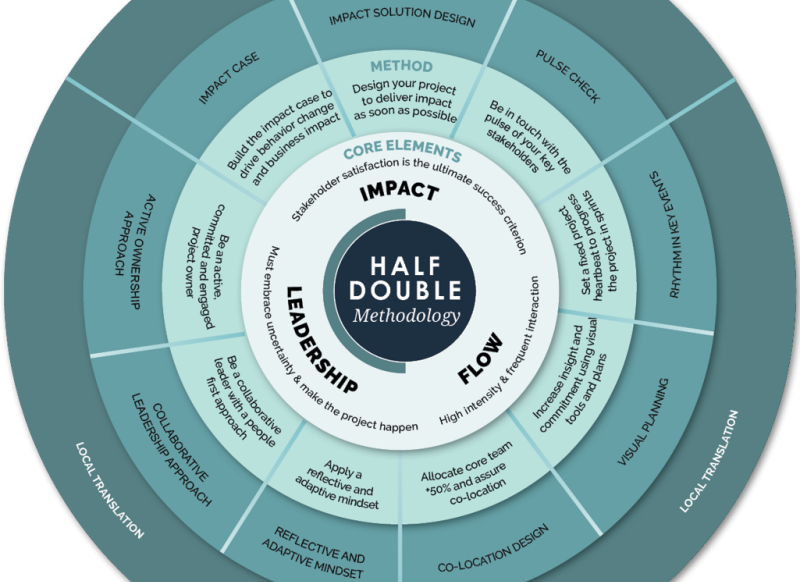By Jesper Schreiner, Senior Consultant in Project and Programme Management
The project management community is currently experiencing a growing interest in principle-based approaches to managing projects. This trend has been highlighted, among other things, by the release of the 7th edition of PMI’s Project Management Body of Knowledge (PMBOK) in 2021, marking a fundamental shift from process-based to principle-based project management.
This growing trend and interest are somewhat surprising and, therefore, particularly intriguing. Fundamentally, there is nothing revolutionary about principle-based project management models. PRINCE2, first launched in 1997, was “born” as a principle-based project management model.
What Does Principle-Based Project Management Mean?
A principle-based approach focuses on letting overarching values and goals guide actions and decisions – instead of adhering to detailed rules and procedures. For example, a principle-based approach to corporate management might involve basing decisions on principles such as honesty, accountability, and transparency.
Principles act as guiding stars, setting the direction without locking the project into rigid structures. This provides project managers with the freedom to adapt as needed – a freedom that is increasingly important in a world marked by complexity and unpredictability.
Advantages of a Principle-Based Approach
One of the most notable advantages of a principle-based approach is increased flexibility. Principles allow for tailored solutions to specific contexts, which means the project can adapt to dynamic and unpredictable environments without losing its overall focus.
This flexibility also makes it easier to navigate projects with high levels of uncertainty.

